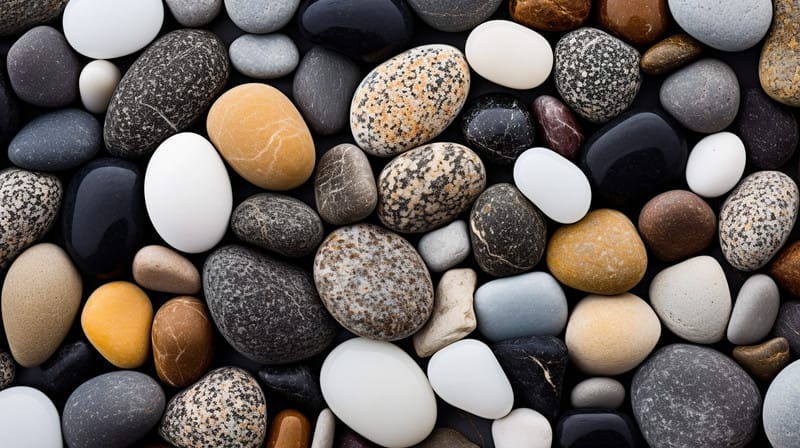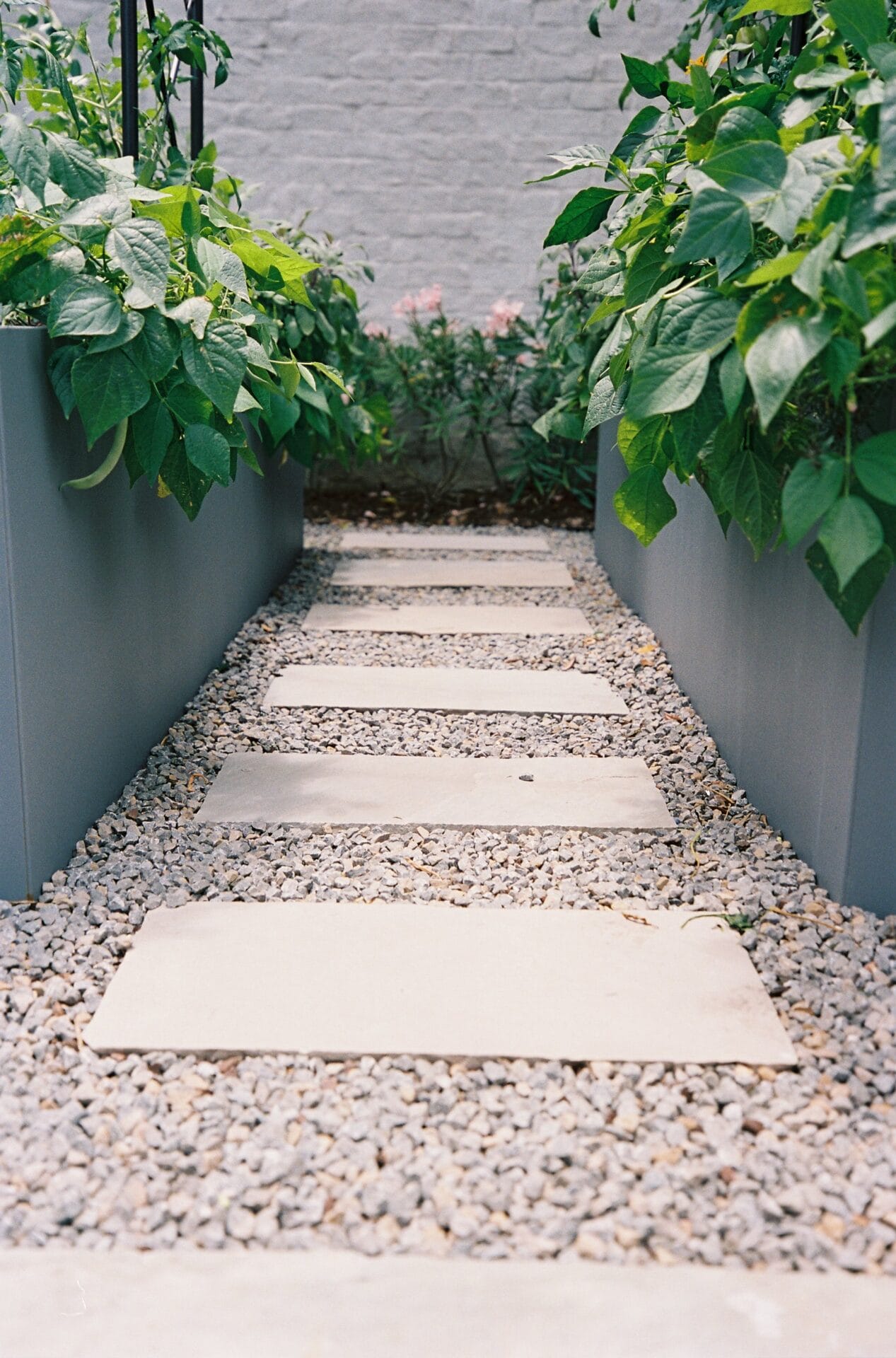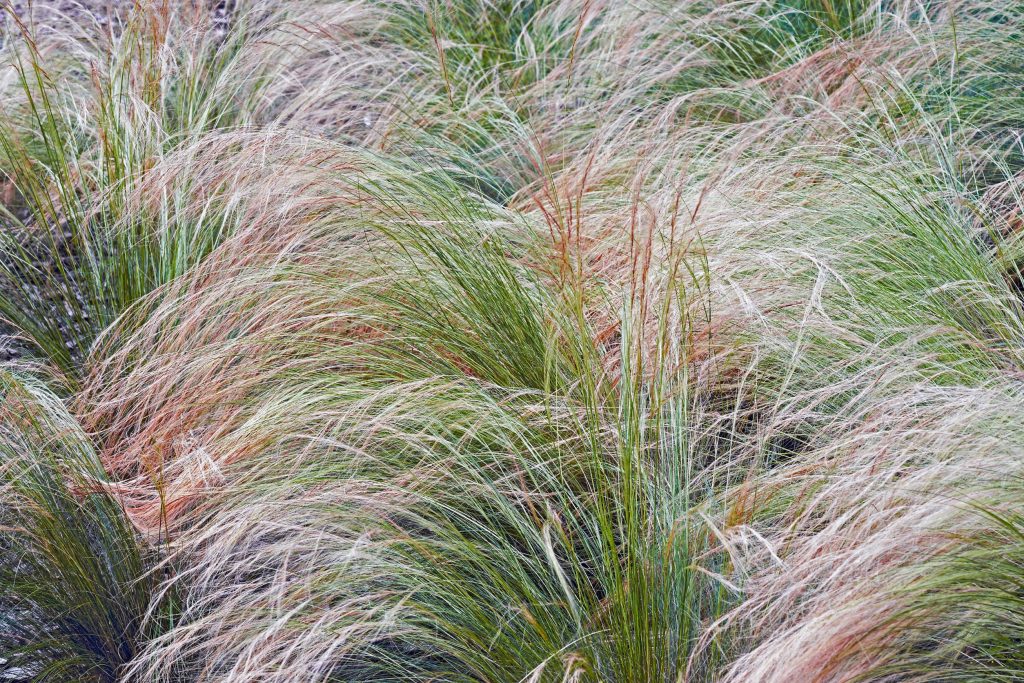Top Ornamental Grasses for Texas Landscapes
By Innovation Grounds
When it comes to Texas landscaping, homeowners and gardeners face unique challenges: hot summers, unpredictable rainfall, and a need for low-maintenance solutions. One of the best ways to create a visually stunning yet sustainable garden is by incorporating ornamental grasses. These versatile plants add texture, movement, and year-round interest to your yard—and many are drought-tolerant and perfect for the Texas climate.
In this guide, we’ll explore the top ornamental grasses for Texas landscapes, including their characteristics, care requirements, and how they can enhance your outdoor space.
Why Choose Ornamental Grasses for Texas?
Ornamental grasses are a smart choice for Texas landscapes because they offer:
Heat and drought tolerance
Low maintenance needs
Soil adaptability
Resistance to pests and diseases
Year-round visual appeal
Whether you’re creating a modern xeriscape or a rustic prairie-style garden, these grasses can elevate your design.

Pea gravel is small, rounded stones typically about the size of a pea. It is commonly used for:
- Pathways: Its smooth texture makes it comfortable to walk on.
- Playgrounds: Safe for children to play on due to its rounded edges.
- Garden Beds: Helps retain moisture and prevent weed growth.


Top 10 Ornamental Grasses for Texas Landscapes
1. Gulf Muhly Grass (Muhlenbergia capillaris)
Focus Keywords: Gulf Muhly, ornamental grasses Texas, drought-tolerant grasses
Known for its airy pink-purple plumes in the fall, Gulf Muhly is a showstopper. It’s native to the southern U.S. and thrives in hot, dry conditions.
Height: 2–3 feet
Light: Full sun
Water: Low once established
Best Use: Borders, mass plantings, rock gardens
2. Lindheimer’s Muhly (Muhlenbergia lindheimeri)
A native Texas grass, Lindheimer’s Muhly features upright blue-green foliage and soft tan plumes in late summer.
Height: 3–5 feet
Light: Full sun to partial shade
Water: Low to moderate
Best Use: Privacy screening, ornamental borders
3. Big Bluestem (Andropogon gerardii)
A tall, dramatic grass perfect for larger landscapes. Its bluish stems turn bronze-orange in fall.
Height: 4–8 feet
Light: Full sun
Water: Moderate
Best Use: Background plantings, native prairie gardens
4. Little Bluestem (Schizachyrium scoparium)
Compact and colorful, Little Bluestem shifts from blue-green in summer to fiery red-orange in fall.
Height: 2–4 feet
Light: Full sun
Water: Low
Best Use: Small gardens, erosion control, native habitats
5. Mexican Feather Grass (Nassella tenuissima)
Delicate and wispy, this grass adds movement and softness to dry landscapes.
Height: 1–2 feet
Light: Full sun
Water: Very low
Best Use: Xeriscaping, borders, containers
⚠️ Note: Consider its potential invasiveness in certain areas of Texas. Check with local extension services before planting.
6. Purple Fountain Grass (Pennisetum setaceum ‘Rubrum’)
With arching burgundy foliage and fluffy plumes, this grass brings bold color to Texas landscapes.
Height: 3–5 feet
Light: Full sun
Water: Moderate
Best Use: Accent plant, containers, tropical-themed gardens
Note: Grown as an annual in cooler zones
7. Inland Sea Oats (Chasmanthium latifolium)
Ideal for shaded areas, Inland Sea Oats offer unique seed heads that resemble flattened oats.
Height: 2–4 feet
Light: Partial to full shade
Water: Moderate
Best Use: Woodland gardens, erosion control, shade gardens
8. Switchgrass (Panicum virgatum)
Tough and adaptable, Switchgrass offers upright form and golden fall color. Great for wildlife habitats.
Height: 3–6 feet
Light: Full sun
Water: Low to moderate
Best Use: Rain gardens, wildlife gardens, windbreaks
9. Sideoats Grama (Bouteloua curtipendula)
A native Texas grass with charming, oat-like seed heads that dangle from one side of the stem.
Height: 1–2 feet
Light: Full sun
Water: Low
Best Use: Native landscapes, meadows, slopes
10. Zebra Grass (Miscanthus sinensis ‘Zebrinus’)
Bold and striking, Zebra Grass stands out with its horizontal golden bands on green leaves.
Height: 5–7 feet
Light: Full sun
Water: Moderate
Best Use: Focal points, modern garden designs
Note: May require winter pruning

Tips for Planting Ornamental Grasses in Texas
Choose native species for the best success with local weather and soil.
Space appropriately to allow airflow and prevent disease.
Water deeply but infrequently to establish drought tolerance.
Cut back in late winter to encourage spring regrowth.
Mix heights and textures for dynamic, layered plantings.

Final Thoughts: Enhancing Your Texas Landscape with Grasses
Incorporating ornamental grasses into Texas landscapes not only adds visual interest and movement, but also supports sustainable gardening practices. Whether you’re in Austin, Dallas, Houston, or West Texas, there’s a grass species that fits your environment and design goals.
By choosing native or well-adapted varieties, you reduce maintenance and water use—making your garden both beautiful and eco-friendly.

Need Help Designing Your Landscape?
Contact our Texas landscaping experts to get custom recommendations and professional installation of ornamental grasses tailored to your yard’s conditions. Let your landscape thrive with texture, color, and movement—year-round.



